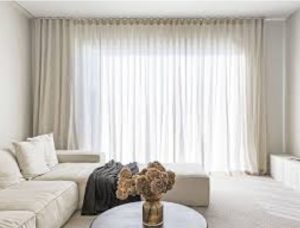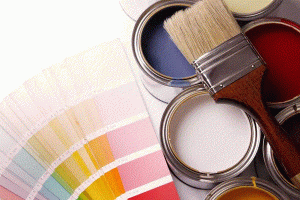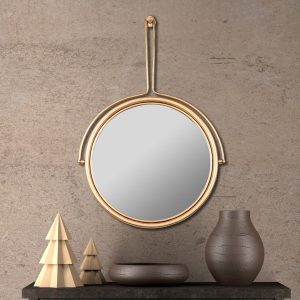
Introduction:
The landscape of home decor is continuously evolving, mirroring shifts in technology, environmental consciousness, and our collective lifestyle changes. The future points towards interiors that prioritize not just aesthetic appeal but also functionality, sustainability, and personal well-being. This shift is characterized by a growing demand for living spaces that are adaptable, eco-friendly, and personalized to individual preferences. As we explore the forthcoming trends in home decor, it becomes evident that the focus is increasingly on creating environments that are comfortable, versatile, and in harmony with the natural world.
The upcoming trends in home decor signify a departure from traditional design paradigms, moving towards an era where the emphasis is on creating spaces that are reflective of personal values and conducive to a healthier lifestyle. This evolution in design philosophy underscores the importance of materials, technologies, and design principles that enhance the livability and sustainability of our homes. As we delve into these trends, we uncover how the future of home decor is set to redefine the essence of comfortable and stylish living.
Embracing Biophilic Design:
Biophilic design is emerging as a pivotal trend, emphasizing a deeper connection between our living spaces and the natural environment. This design philosophy extends beyond mere aesthetics, aiming to foster a sense of harmony and well-being by integrating natural elements, light, and ventilation into the home. The result is spaces that not only look beautiful but also promote health and happiness by mimicking the calming effects of nature.
The adoption of biophilic design principles is also influencing material choices, with a preference for those that are renewable and have minimal environmental impact. Sustainable materials, are being sought after for their ability to combine functionality with environmental stewardship. These materials are pivotal in creating interiors that are not only visually appealing but also good for the planet and our well-being.
Smart Homes and Personalization:
The integration of smart technology into home decor is transforming the way we live, offering unprecedented levels of personalization and convenience. Smart homes cater to individual preferences in lighting, temperature, and entertainment, creating environments that adapt to the unique needs of each inhabitant. This trend is about more than just technological innovation; it’s about creating spaces that enhance daily living and personal comfort.
Personalization extends into every aspect of home decor, from custom furniture designs to tailored lighting schemes. Advances in technology enable homeowners to customize their living spaces to fit their specific desires and needs, making the home a true reflection of its occupants. This trend underscores a shift towards more personalized, adaptive living environments that cater to individual lifestyles and preferences.
Sustainable Living:
Sustainability is becoming a cornerstone of home decor, influencing both the choice of materials and the overall design approach. Consumers are increasingly drawn to eco-friendly options that reduce environmental impact without sacrificing style or comfort. This includes everything from recycled materials to energy-efficient appliances, reflecting a broader commitment to eco-conscious living.
The focus on sustainability is also evident in the selection of furnishings and decor, with a growing preference for items that are durable, recyclable, and made from sustainable sources. This shift is not just about making eco-friendly choices; it’s about creating spaces that are healthy, sustainable, and aligned with the values of environmental stewardship.
Multifunctional Spaces:
The evolution toward multifunctional spaces reflects our need for homes to adapt to various activities, from remote work to leisure. This trend emphasizes smart design and flexible furniture, maximizing the utility of every area within the home. The key to this adaptability lies in selecting materials and elements that can be customized to fit the changing functions of these spaces.
Foam cut to size emerges as a versatile solution, enabling the creation of bespoke furniture pieces that seamlessly transition between different uses. Whether it’s for a sofa that doubles as a guest bed or a window seat that offers extra storage, this customizable option supports the multifunctional design ethos, making spaces more efficient and responsive to our daily needs.
Textures and Colors:
The strategic use of textures and colors is set to play a significant role in the future of home decor. Textural contrasts and rich color palettes are being used to add depth, interest, and emotional resonance to living spaces. This approach is about creating environments that are not only visually appealing but also tactile and emotionally engaging.
The emphasis on textures and colors reflects a deeper understanding of how our environment affects our mood and well-being. By carefully selecting materials, finishes, and hues, designers are able to create spaces that are comforting, inspiring, and reflective of personal style.
Conclusion:
The future of home decor is characterized by trends that emphasize comfort, sustainability, personalization, and adaptability. These trends reflect a shift towards living spaces that are not only aesthetically pleasing but also functional, eco-friendly, and tailored to the individual needs and values of their inhabitants. As we embrace these trends, our homes become more than just places to live; they transform into reflections of our identity, aspirations, and commitment to a healthier, more sustainable world. The future of home decor promises to bring spaces that are not only beautiful to look at but also a joy to live in, marking a new era in the design of our living environments.





